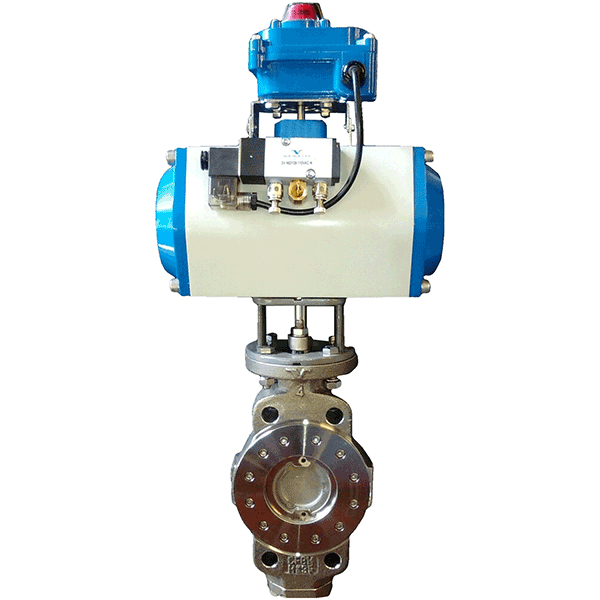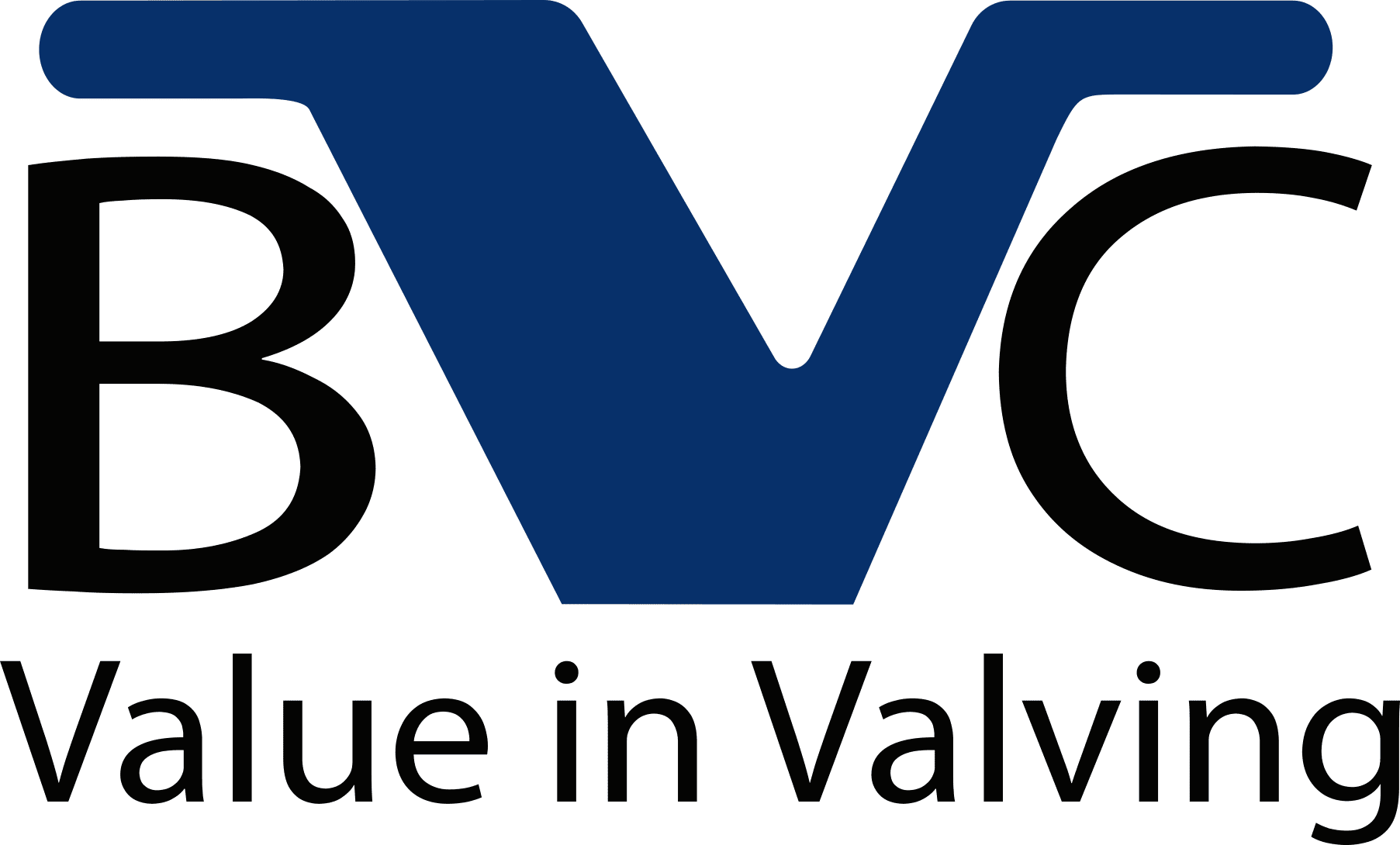
11 Oct Why Require a SIL-3 High Performance or Triple Offset Butterfly Valve?
SIL 101: How Safe Do I Need to Be?
The global importance of SIL (Safety Integrity Levels) has grown substantially in the oil/gas, petrochemical and other process industries over the last 20 years. However, for many end users, systems integrators, and product vendors, SIL is still a somewhat ambiguous concept that often is misinterpreted and incorrectly implemented. To fully understand SIL and its implications, it is essential to grasp the concept known as Functional Safety, and how it applies within the process industries.
Functional Safety and SIS Background
Functional Safety, as defined by IEC standard 61508, is the safety that control systems provide to an overall process or plant. The concept of Functional Safety was developed in response to the growing need for improved confidence in safety systems.
Significant accidents around the world, as well as the increasing use of Automated Butterfly Valves to carry out safety functions, have raised awareness and the desire to design safety systems in such a way as to prevent dangerous failures or to control them when they arise. Industry experts began to address functional safety and formalize an approach for reducing risk in the process plant environment through the development of standards IEC 61508, IEC 61511, and ANSI/ISA 84.
Previous safety standards were generally prescriptive, not performance based. Emphasis on quantitative risk reduction, life-cycle considerations, and general practices make these standards different from their predecessors. Functional Safety is a term used to describe the safety system that is dependent on the correct functioning of the Butterfly Valve to achieve a desired risk reduction level. Functional Safety is achieved when every safety function is successfully carried out, and the process risk is reduced to the desired level.
Safety Integrity Level
SIL stands for Safety Integrity Level. A SIL is a measure of safety system performance, in terms of probability of failure on demand (PFD). This convention was chosen based on the numbers: it is easier to express the probability of failure rather than that of proper performance (e.g., 1 in 100,000 vs. 99,999 in 100,000). There are four discrete integrity levels associated with SIL: SIL 1, SIL 2, SIL 3, and SIL 4. The higher the SIL level, the higher the associated safety level, and the lower the probability that a system will fail to perform correctly.
As the SIL level increases, typically the installation and maintenance costs and complexity of the system also increase. Specifically, for the process industries, SIL 4 systems are so complex and costly that they are not economically beneficial to implement. Additionally, if a process includes so much risk that a SIL 4 system is required to bring it to a safe state, then there is a fundamental problem in the process design that needs to be addressed by a process change or other non-instrumented method.
Risk Management and Selecting a SIL Level
The identification of risk tolerance is subjective and site-specific. The owner/operator must determine the acceptable level of risk to personnel and capital assets based on company philosophy, insurance requirements, budgets, and a variety of other factors. A risk level that one owner determines is tolerable may be unacceptable to another owner.
Selecting the appropriate SIL level must be done carefully. Costs can increase considerably to achieve higher SIL levels. Typically, in the process industry, companies accept a SIL 2 rating, but if you can obtain a Butterfly Valve or Automated Butterfly Valve Package with a Standard SIL-3 rating at little or no increase in cost, then that is the logical decision.
| Safety
Integrity Level |
Risk Reduction Factor | Probability of Failure on Demand |
| SIL 4 | 100,000 to 10,000 | 10-5 to 10-4 |
| SIL 3 | 10,000 to 1,000 | 10-4 to 10-3 |
| SIL 2 | 1,000 to 100 | 10-3 to 10-2 |
| SIL 1 | 100 to 10 | 10-2 to 10-1 |


Sorry, the comment form is closed at this time.